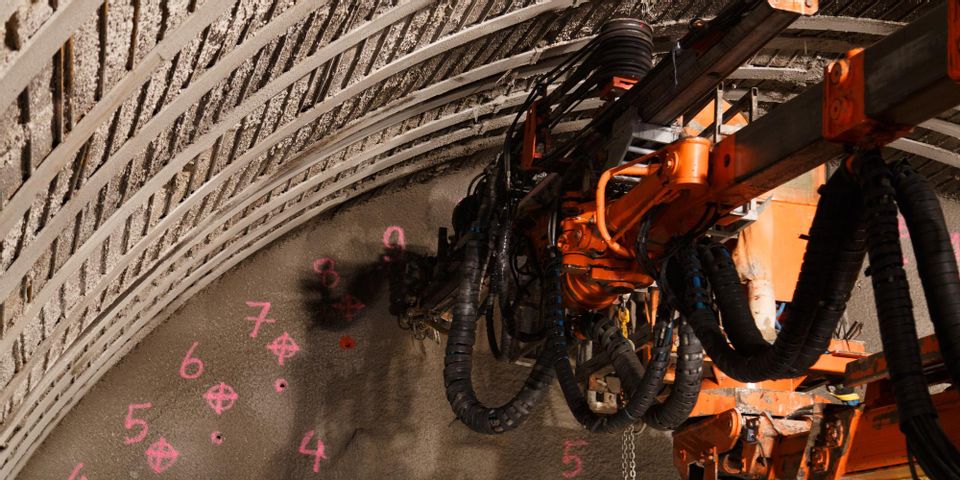
Soil grouting is a method used for strengthening and sealing rock, concrete, and soil. The most common types of grouts are clay, chemical, asphaltic, and portland cement. No single grout is suitable for every situation. Here’s a guide to help you understand the basics of the trade.
Soil Grouting & Its Uses
Soil grouting stabilizes soils in waterways and on construction sites by blocking the spread of water or other liquids from ponds, waste pits, and tanks. Most grouts are permanent, economical, and environmentally low-impact.
Grouts have many different uses, including filling in building lots, controlling slopes, stabilizing tunnel excavations, and protecting buried utilities. Soil grouting is also useful for extending the life of sewer systems, pipelines, levees, earthen dams, underwater footers, and gas wells by preventing erosion, seepage, and sinkholes.
 Common Soil Grouting Procedures
Common Soil Grouting Procedures
Curtain
Curtain grouting, which is used to reduce liquid and gas permeability, involves drilling a sequence of holes to create a barrier of grout that strengthens foundations.
Blanket
Blanket grouting makes broken or fractured rock more solid, improving the holding capacity of soil by injecting mortar into shallow holes drilled into the earth.
Contact
Contact grouting is used principally to fill in sinkholes and voids between walls of an underground excavation. A team of soil grouting specialists may be asked to fix a cave-in caused by a faulty wall lining or shrinking concrete.
When you’re ready to stabilize your lot with soil grouting, count on T. Luckey Sons to ensure your construction site is properly prepared. For over 40 years, their team has worked with clients all over the globe to solve geotechnical challenges. They’re EEO-, OSHA-, and MSHA-certified and have clearances from the Transportation Security Administration. Visit them online to learn more about their services, or call (513) 353-2345 to speak to their staff.
About the Business
Have a question? Ask the experts!
Send your question

